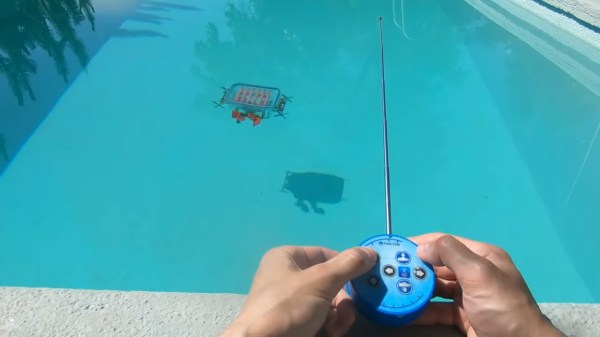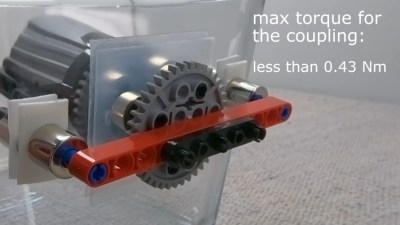Every day, it seems to get harder and harder to relax and unwind. A person can only take so many lava-hot showers before they start cutting into work time. Listening to music is a wonderful option, but it can be difficult to find something to listen to that’s soothing without being disruptive. So what else can we try? Oh yes, blinkenlights. Frosted, glowing blinkenlights that bathe the room in color. Ahhhh.
 There’s something about those enclosures that completes these so well. [ChrisParkerTech] used Alder wood sprayed with clear coat, which gives them a delightfully clean mid-century look. We also dig the lack of ceiling and unfinished top edge, because it gives the leaking light a bit of infinity pool mystique.
There’s something about those enclosures that completes these so well. [ChrisParkerTech] used Alder wood sprayed with clear coat, which gives them a delightfully clean mid-century look. We also dig the lack of ceiling and unfinished top edge, because it gives the leaking light a bit of infinity pool mystique.
Of course, these wouldn’t be much of a relaxation tool if you have to get up up from your couch, chair, or bean bag every time you want to adjust them. Each strip is connected to a Wemos D1 mini, so [Chris] can control them with his phone via WLED, or make Alexa do it. Check out the build video after the break.
If you really love LEDs, don’t leave home without them. Show the world how you feel with a stylish LED hat.
























